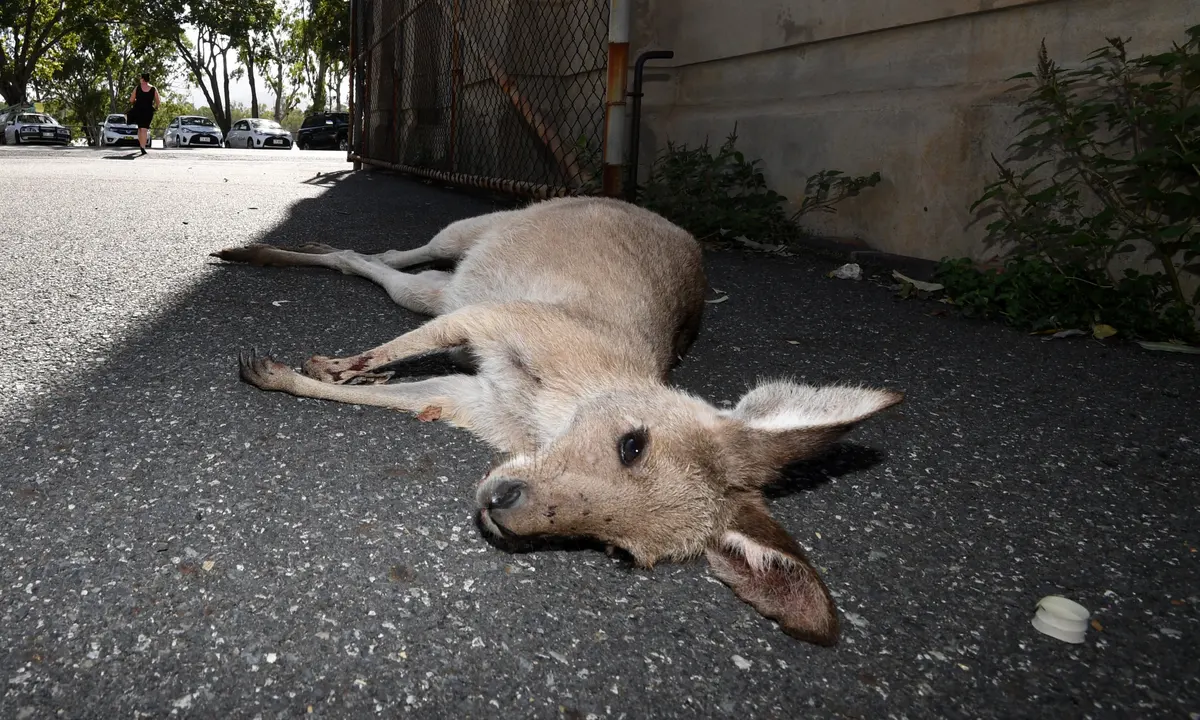The climate crisis is causing species around the world to relocate, leading to increased interactions between wildlife and humans. This phenomenon poses potentially disastrous consequences. Recent research indicates that climate change is driving up instances of human-wildlife conflict globally and elevating the risk of zoonotic disease transmission.
Today, I’m delving into some of the emerging threats arising from heightened human encounters with wild animals, as well as exploring the efforts by scientists and governments to address these challenges.
Human-Wildlife Conflict on the Rise: Alongside heatwaves and rising sea levels, certain regions, such as Asia, Sub-Saharan Africa, Australia, and Florida, may soon face the arrival of deadly snakes due to climate change. Research suggests that warming temperatures could expand the habitat range of venomous snakes like the west African gaboon viper and the European asp, particularly in Asia and Sub-Saharan Africa. While many venomous snake species may lose habitat, some dangerous ones could increasingly overlap with agricultural areas or livestock territories in low-income nations. The World Health Organization has issued a warning urging countries to prepare for a surge in snakebites by stockpiling antivenom and educating populations at risk of encountering these lethal reptiles.
Biologists have observed heightened snake activity in Australia as shorter winters prompt snakes to emerge from hibernation earlier each year. This trend has led to an increase in snake-catching activities in the country. In Florida, Burmese pythons introduced by humans in the 1980s are spreading across the Everglades, potentially due to climate change. A study even suggests that pythons could serve as a sustainable and environmentally friendly protein source compared to traditional livestock. However, concerns about mercury levels in Florida snakes and challenges in scaling up python consumption in North America remain.
Beyond snakes, other instances of human-wildlife conflict are becoming more prevalent. Melting sea ice is forcing polar bears onto land, increasing the likelihood of encounters with humans. While individual polar bear attacks cannot be directly attributed to climate change, incidents in recent decades underscore the heightened risks associated with shifting habitats. These interactions between humans and wildlife, influenced by climate change, pose threats to both human safety and animal welfare.
Outbreaks of Animal-Borne Diseases: Climate change is also facilitating the spread of zoonotic diseases, as seen with bird flu. Rising temperatures are accelerating the reproduction rates and expanding the geographical range of disease-carrying insects like mosquitoes. The World Health Organization has linked climate change to the spread of malaria, transmitted by Anopheles mosquitoes. Similarly, dengue fever is spreading to new regions due to climate change and urbanization, particularly affecting countries like Peru, where dengue-related deaths have tripled this year.
The nexus of climate change and tick-borne diseases like Lyme disease is also under scrutiny. Warmer and more humid conditions are expanding the range of ticks in regions such as Maine and Wisconsin. To mitigate the spread of zoonotic diseases, countries are implementing surveillance measures, including community reporting networks and artificial intelligence systems.
Additional Climate News Highlights:
– Torrential downpours in southern Brazil have caused severe flooding, resulting in numerous casualties and extensive damage. Climate change, combined with El Niño weather effects, likely contributed to the intense rainfall, prompting calls for a national plan to address climate-related disasters.
– Olive oil prices are soaring due to a decline in production caused by climate-induced droughts and heatwaves across Greece, Italy, and Spain. While recent rains may offer some relief, climate change impacts are expected to worsen in the future.
– Companies mandating a return to office work may face challenges in meeting their climate goals due to increased energy consumption and transportation emissions associated with commuting. Remote work offers climate benefits, as demonstrated by reduced carbon emissions from the transportation sector.
As climate change continues to drive shifts in wildlife behavior and disease dynamics, proactive measures are crucial to mitigate the associated risks to both human health and the environment.















































